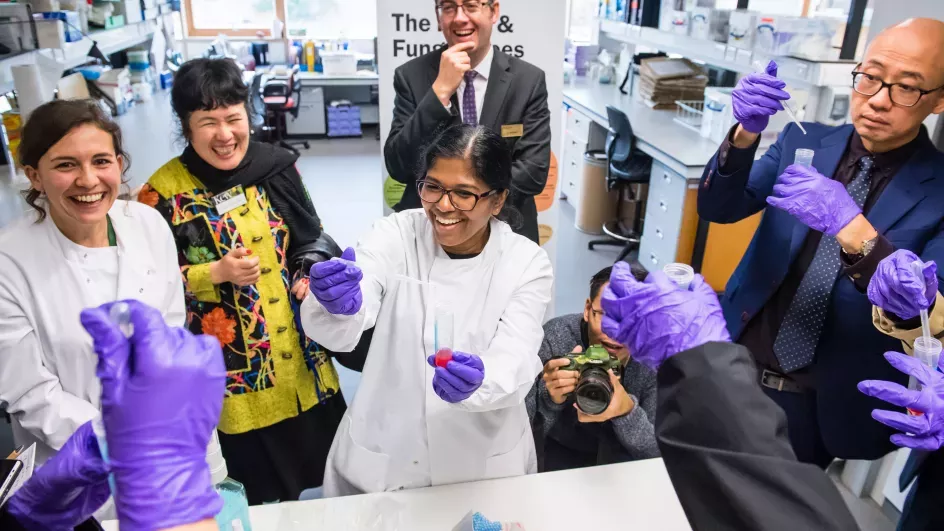Life as a PhD Student
Find out about the diverse working life of a Kew-based PhD student.

Each PhD student studying for a PhD at Kew has at least two supervisors, one from Kew and one from the partner university, so how much time you spend at each site will depend on what access you need to the expertise, facilities and resources at Kew, as well as available funding.
Some PhD students are based at Kew full-time, others part-time or visiting occasionally for a week or month etc, others spend a long placement of six months or a year here during their PhD, and a few work with us entirely remotely, rarely visiting the site.
Unique resources at Kew (including Wakehurst) include our collections and data resources as well as laboratory research facilities.
These profiles of current postgraduate researchers will give you an idea of the diverse working life of a Kew-based PhD student.
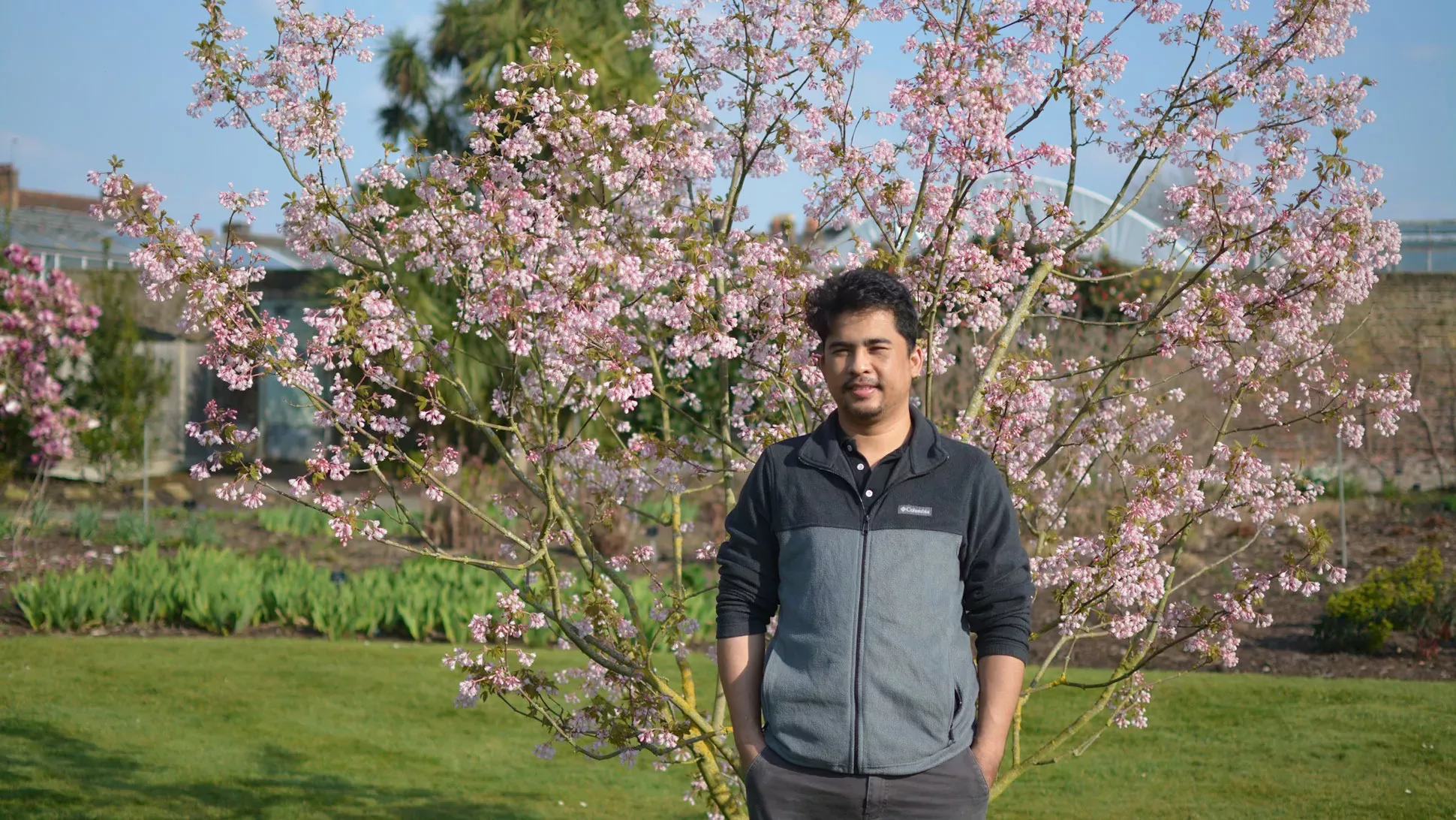
Nopparut Toolmal
I graduated with a master's degree in Forest Biological Science from Kasetsart University, Thailand and before coming to Kew I worked as a taxonomist and curator at the Thai Traditional Medicine Herbarium (TTM).
In 2019, the Thai Government granted me a scholarship to study for a PhD abroad. I decided to study full-time at Kew as it contains the largest plant collection and is at the forefront of scientific research globally and coming here I knew I would be surrounded by expert taxonomists.
I am doing research on a taxonomic revision of the genus Thrixspermum (Orchidaceae) in mainland Southeast Asia based on morphological data and phylogenetic analysis. Because Kew comprises the largest collection of Thrixspermum from tropical Asia and has an excellent molecular laboratory, it is the greatest chance for me to be able to study here.
I really appreciate working in such a friendly environment as Kew, and love working with my supervisor in the Herbarium the most. The Herbarium is full of orchid specimens and books, and really sophisticated advice. Moreover, I can step outside and photograph colourful flowers, walking through native woodlands, and enjoying the impressive galleries on site.
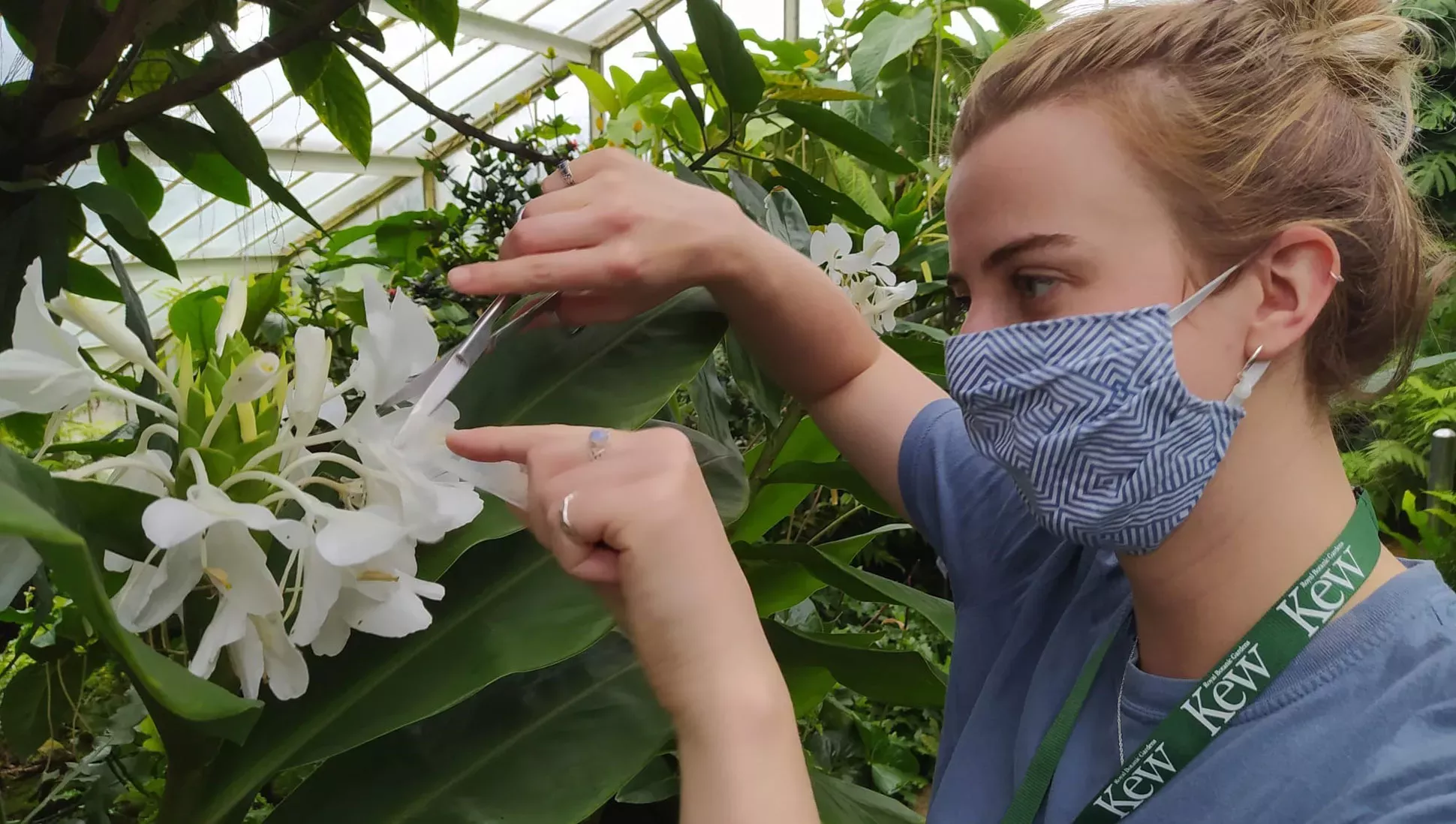
Nina Kinney
I studied Chemical Physics at the University of Edinburgh as an undergraduate, then completed my masters by research in Chemistry at the University of Glasgow in 2019 before beginning my PhD. My research is funded by the Natural Environment Research Council (NERC) through the CENTA Doctoral Training Partnership.
I am currently exploring the interaction between pollen and fern spores and the formation of ice from liquid water. I am interested in how and why molecules associated with these plant propagules can instigate the nucleation of ice. Better understanding the activity of these biological ice nucleators will reveal any potential impact on weather and climate processes, helping to unravel the complex relationship between our biosphere and atmosphere.
The gardens at Kew and at Wakehurst are amazing places to visit and work in. Getting to spend time wandering around Kew and collecting pollen definitely complements days in the lab and the office!
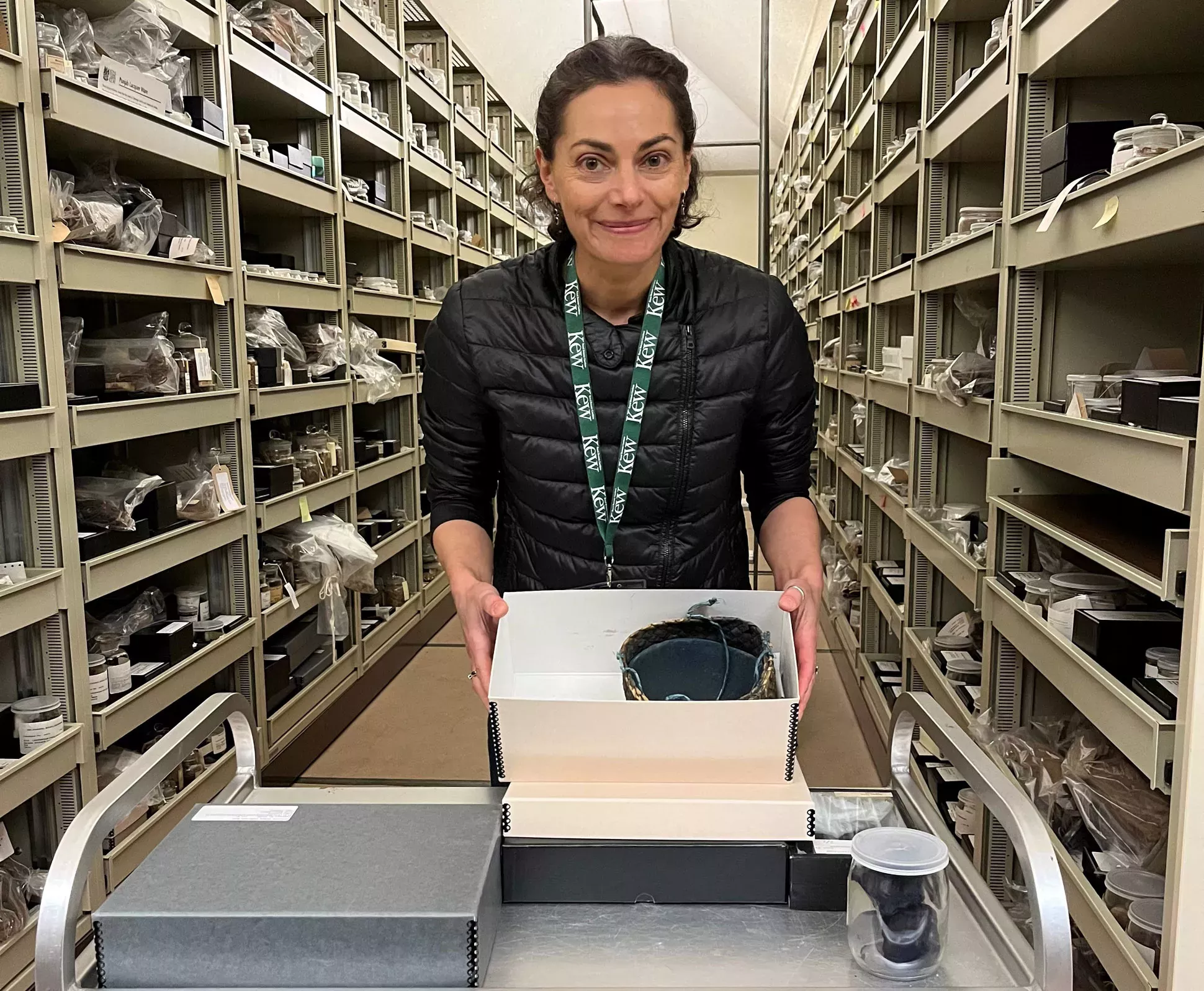
Viveca Mellegård
Just before coming to Kew, I was working at WWF Sweden on a project about the Baltic Sea and the people and ecosystems in the Baltic region. I leaned heavily on what I learned from my MSc in Social Ecological Resilience for Sustainable Development at the Stockholm Resilience Centre.
In between my studies and WWF, I worked on development projects in East Africa looking at how to implement nature-based solutions. Travelling in remote areas has long been a passion of mine; in my first career as a documentary filmmaker at the BBC I was able to do a lot of this.
My PhD is funded by the Arts and Humanities Research Council (AHRC) as part of the Techne Doctoral Training Partnership. I’m working in the Economic Botany Department on research linking Kew’s collections of Indigofera tinctoria from India to contemporary indigo production and dyeing in West Bengal. I am particularly interested in the knowledge and skills embedded in the craft of dyeing with natural indigo and how embodied practices can cultivate human-plant relationships.
There are so many wonderful things about working in collaboration with Kew. The Gardens take my breath away every single time I come to work, as does the knowledge within my team, and the stories they excavate from the plant materials and artefacts in the Economic Botany Collection.
Discover more
-
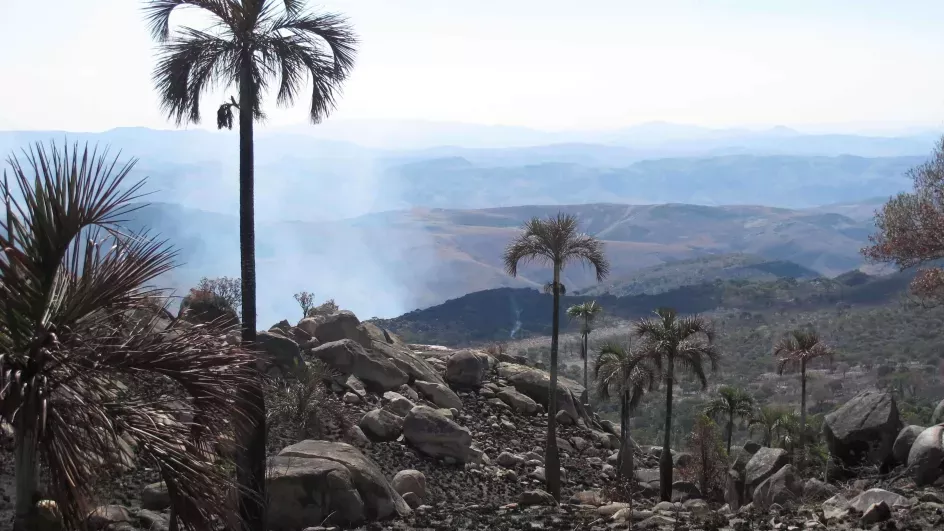
Projects and programmes
Explore our projects, carried out globally in over 100 countries, to find out more about our research.
-
